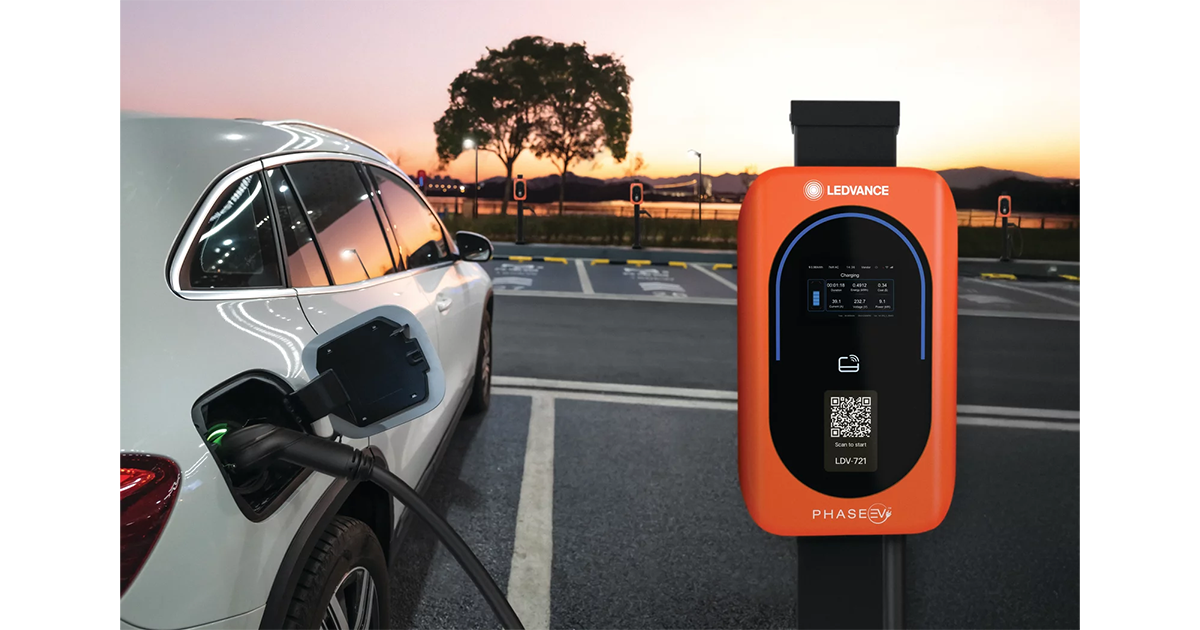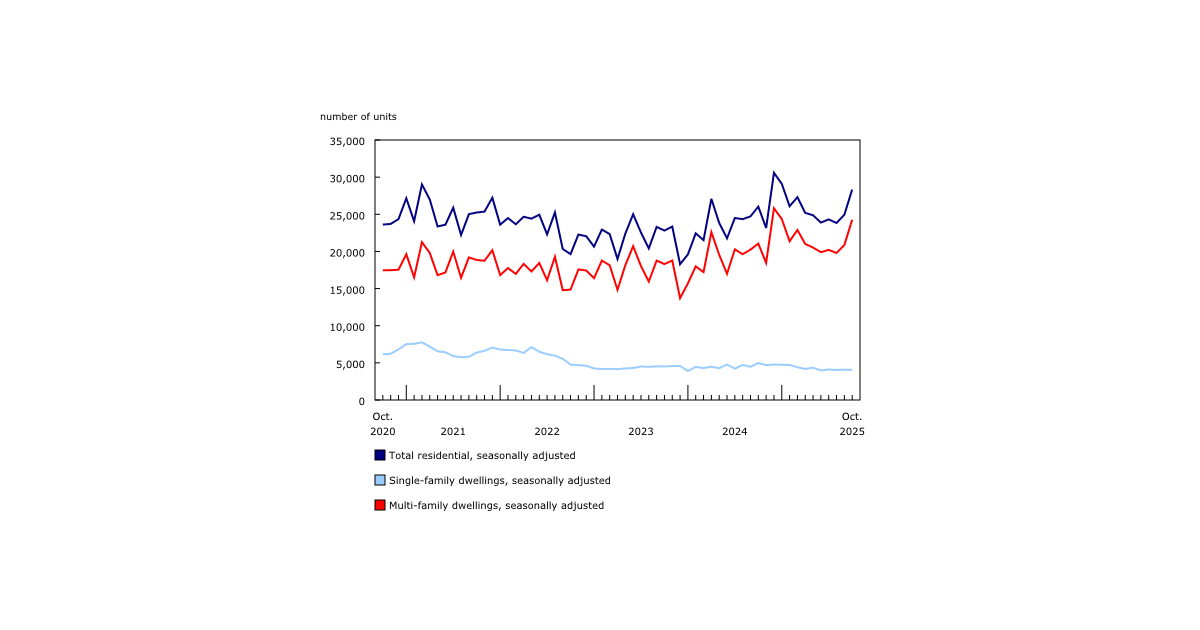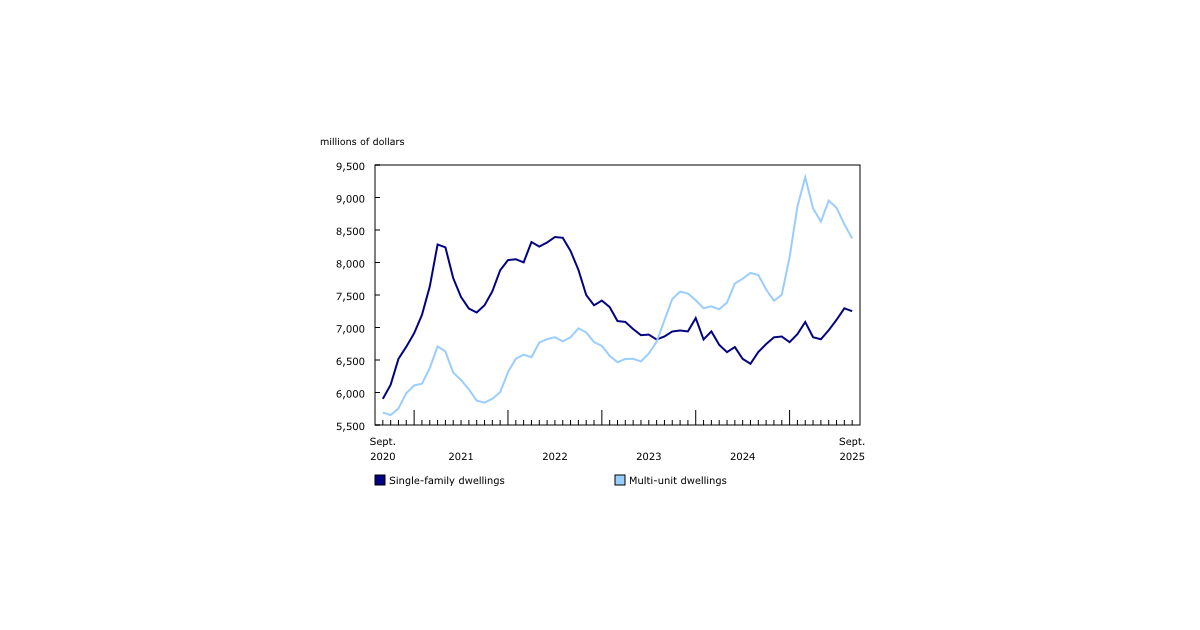Guide to the Canadian Electrical Code, Part I — Instalment 4

Jan 12, 2020
By William (Bill) Burr
Section 8 is a general section of the Code. Rule 8-000 outlines the scope and provides the information you need to select
• maximum circuit loading
• calculated loads for consumers’ services, feeders and branch circuits
• use of demand factors
• branch circuit positions required for dwelling units
• heater receptacles for vehicles
This is done in coordination with Sections 4 — Conductors, Section 6 — Services and service equipment and Section 14 — Protection and Control.
Rule 8-002 outlines the special terminology used in this section and includes:
• Basic Load — only lighting and receptacle circuits based on the dimensions of specific building occupancy as listed in Table 14
• Calculated load — the load calculated in accordance with the rules in this section
• Demonstrated Load — the historical demand wattage information recorded over 24 months for the same type of facility
• Control of electric vehicle supply equipment loads — the process of connecting, disconnecting, increasing, or reducing electric power to electric vehicle supply equipment loads
• Electric vehicle energy management system — a means of controlling electric vehicle supply equipment loads comprising any of the following: a monitor, communications equipment, controllers, timers and other applicable devices
General
In this section, Rules 8-100 to 8-104 outline the methods of calculating voltage drop, maximum circuit loading, use of demand factors, number of branch circuit positions, and determination of areas.
They specify standard voltage divisers to be used when calculating
• currents from watts or volt-amperes in low voltage systems
• maximum allowable voltage drop in installations
• maximum circuit loading based on the overcurrent device used
• the calculated load
You will also find here the factors for determining a continuous, cyclic, or intermittent load, and how these affect the selection of conductors and equipment.
It should be noted that where a fused switch or circuit breaker is marked for continuous operation at 100% of the ampere rating of its overcurrent devices, the calculated continuous load must not exceed the continuous operation marking on the fused switch or circuit breaker, or the allowable ampacities of conductors, and not exceed 85% of the allowable ampacities of single conductors as selected in accordance with Section 4.
In addition, where a fused switch or circuit breaker is marked for continuous operation at 80% of the ampere rating of its overcurrent devices, the calculated continuous load must not exceed the continuous operation marking on the fused switch or circuit breaker, or the allowable ampacities of conductors, and not exceed 70% of the allowable ampacities of single conductors as selected in accordance with Section 4.
Rule 8-106 also outlines the use of demand factors where
• the size required for conductors and switches is not available in a standard size
• two or more loads are installed, but only one can be used at a time
• air conditioning and electric space heating are installed and only the greater load is used for calculating demand
• loads of a cyclic nature are installed such that the maximum load cannot be supplied at one time
• electric vehicle supply equipment loads are controlled by an electric vehicle energy management system
• an electric vehicle energy management system monitors the consumer’s service and feeders and controls the electric vehicle supply equipment loads in accordance with Rule 8-500
Where additional loads are added to an existing service or feeder, Rule 8-106(9) permits the load to be calculated by adding the sum of the additional loads to the maximum existing demand load, measured over 12 months. Other demand factors can be based on demonstrated load calculations made by a qualified person, as determined by the Authority Having Jurisdiction.
Rule 8-108, another function of this section, outlines the number of branch circuit positions needed for dwelling units. This is based on the ampacity of the service and whether a central electric furnace is intended.
Calculated load for services and feeders
Rules 8-200 to 8-210 outline the methods of calculating the minimum ampacity of service or feeder conductors for various types of occupancies. Although the various options and conditions may seem complicated, methodically working through the demand factors for each type of occupancy will allow you to determine the correct ampacity for service or feeder conductors.
The method for determining demand factors for dwelling units is divided into
• single dwellings
• apartment and similar buildings
For single dwellings, you are given two options depending on the size of the dwelling:
• in the first option where the living area of the dwelling exceeds 90 m2 the basic load is 5000w and additional loads are added with various demand factors as listed in 8-200 (1)(a)(ii to vii)
• the second option is to use a basic load of 24,000 watts if the floor area is 80m2 or more or 14,400 watts if the floor area is less than 80 m2. Note that rule 8-110 designates how to determine the living area
For two or more dwelling units of row houses the calculated load for the consumer’s service or feeder conductors is based on
• the calculated demand factors for each single dwelling, excluding electric space heating and air-conditioning loads, plus
• the demand factors outlined in Rule 8-202(3)
For apartments and similar buildings, the minimum ampacity of service or feeder conductors from a main service is calculated according to Rule 8-202.
As with single dwellings and row houses above, the basic load is based on living area plus the demand factors for various other loads as outlined in Rule 8-202 (1 to 4).
There are specific rules for determining the ampacity of service or feeder conductors for
• schools (Rule 8-204)
• hospitals (Rule 8-206)
• hotels, motels, dormitories, and buildings of similar occupancy (Rule 8-208)
For other occupancies, as listed in Table 14, the calculations are in Rule 8-210.
One other consideration is for exit, emergency and show window lighting where the loads may be spread throughout the building. Exit and emergency lighting demand is determined by connected load. In the case of show window lighting, demand is based on 650 watts per meter, measured along the base of the windows.
Rules 8-300 to 8-304 also outline required Branch circuit positions and demand factors.
Rule 8-300 provides demand loads for branch circuits supplying electric ranges and cooking units.
Rule 8-302 specifies that branch circuits supplying data processing equipment be considered continuous loads.
Rule 8-304 specifies that the maximum number of outlets per any 2-wire circuit is 12 unless the actual connected load is known and the load current doesn’t exceed 80% of the overcurrent device rating.
Rule 8-400 provides guidance for the number and loading of branch circuits for heater receptacles for vehicles powered by flammable or combustible fuels generally, and where the loading on each receptacle is controlled or restricted.
Rule 8-500, a new rule, specifies that electric vehicle energy management systems be permitted to monitor electrical loads and control electric vehicle supply equipment loads, but not cause the load of branch circuits, feeders, or services to exceed the requirements of Rules 8-104(5) or (6), and may control electrical power remotely.
In the next installment we will look at Section 10 — Grounding and bonding.
William (Bill) Burr is the former Chair of the Canadian Advisory Council on Electrical Safety (CACES), former Director of Electrical and Elevator Safety for the Province of BC, and former Director of Electrical and Gas Standards Development and former Director of Conformity Assessment at CSA Group. Bill can be reached at Burr and Associates Consulting billburr@gmail.com.

















